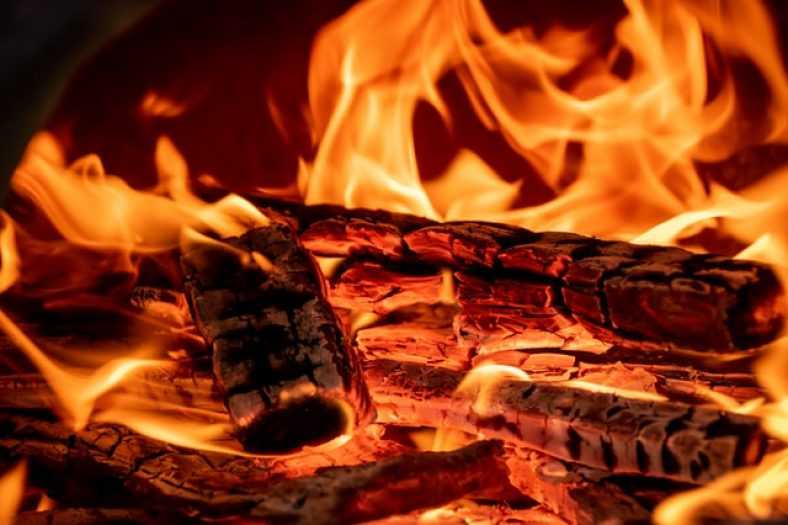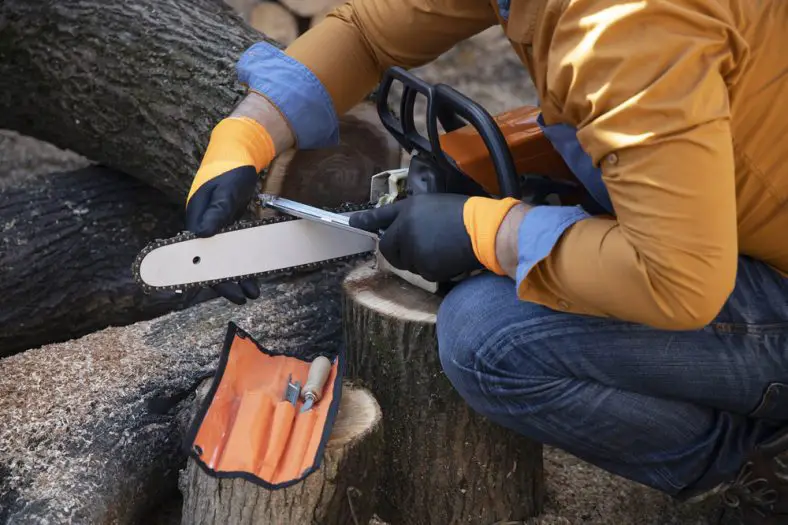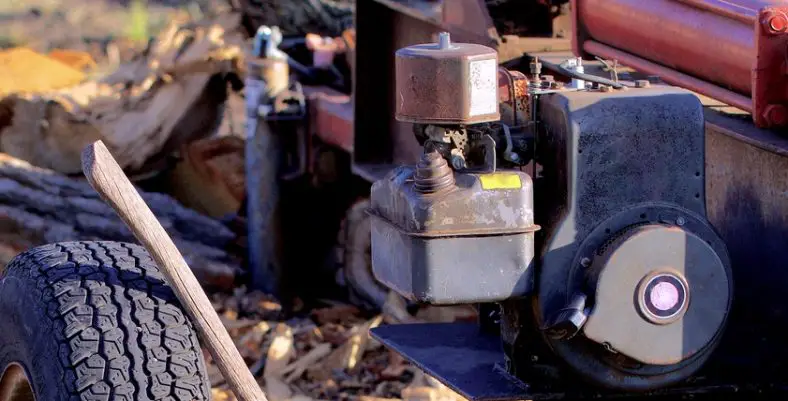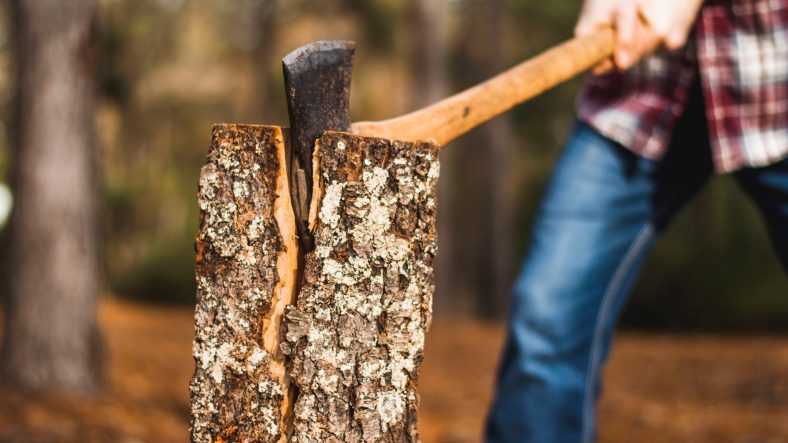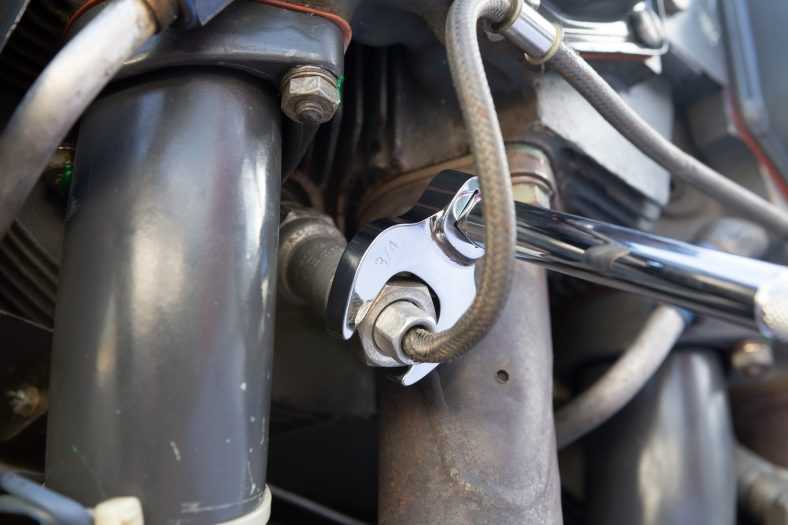We all are aware that evenly cut logs will burn well.
They are easy to dry consistently, easy to catch fire, and efficient to use.
The thing is that most people do not know what the ideal length is that they should be cut to.
So, What is the best length to cut firewood into?
Ideally, the best length of cut firewood is 16 inches.

The weight should be around 6 inches. When you cut into this size, it is easy to put into the firewood. Anything other than that, and the logs will burn too quickly. If they are thicker than these dimensions, they will take too long to dry.
That is why; this is the best length to cut firewood into.
To help you out, we will share a few techniques you can use to cut firewood into these dimensions.
How to cut firewood of the same length?
There are essentially four different ways to cut firewood into the same length. You can use the technique which suits you the best as a firewood length marker.
- Use the chainsaw as a measuring tool:
The first one is to use the chainsaw as a measuring tool itself. You can mark 16 inches on the chainsaw. After that, whenever you plan on cutting a log of wood, you can use the chainsaw as a measuring tool and ensure that you inflict the cut at the right position. That way, you will not require any additional tools.
Even when dealing with wood in bulk, this technique will save you a lot of time. It will not hinder the natural process of cutting wood into logs.
- Use a spray marker:
The second option which you have is to carry a spray marker. You have to roll the wheel on the log lengthwise. When you do so, it will dispense the same amount of paint at every point of contact. Once you see the paint, you can take your chainsaw and cut it at that length.
Since the circumference of the wheel is constant, it will apply the paint at the same point, and therefore you will always cut the firewood in equal length.
If you want to cut it into 16 inches, you have to choose the wheel accordingly.
You could also try one of these clever little tools called the Mingo Firewood Marker:
- Use a bar attachment:
There are numerous measuring bars available as well. That way, they will allow you to measure the wood up to 16 inches. After that, you can use a regular marker to mark the position and cut it using the chainsaw.
These bars are not bulky and highly portable. That is why carrying them with you is easy.
- Use tape to measure:
Last but not least, you can take a measuring tape with you. The measuring tape allows you to measure any length and mark the wood. That way, it becomes easier to cut the wood where you want.
These are the four ways to cut firewood to the right length.
Why should you be consistent with firewood length?
We briefly touched upon why you should cut firewood in the same dimensions. We will go into the details of these reasons below.
- easy to store and handle:
Uneven logs take up a lot of space. Nobody has this extra space when you want to store the logs for the entire season.
It is a much better idea to cut them into the same size to avoid this problem. That way, stacking them up and storing them in a small space is easy.
- Efficient burning:
Same-sized logs require the same amount of heat to burn. That is why, when you put them into the fire, all will catch fire simultaneously. That way, you can predict the amount of heat they will provide and use the firewood accordingly. It will reduce the amount of wood you need to generate the required amount of heat.
- Easy to dry:
Drying time also depends on the thickness of the wood. Since the dimensions are the same, all such logs of wood will dry simultaneously, making it easy for you to use them.
In Summary
Thus, the best length to cut firewood is 16 inches. Once you go through the guide above, you will know how to cut every piece of wood into the same length and why it is essential.
